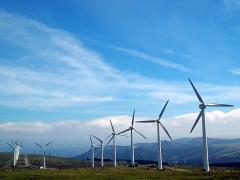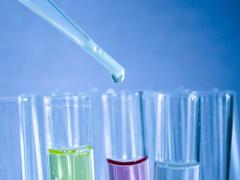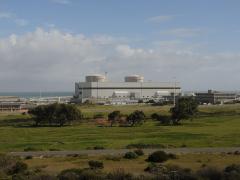ExxonMobil Technology and BASF have signed a joint development agreement to advance methane pyrolysis and prepare the technology for commercial deployment. The companies are constructing a demonstration plant at ExxonMobil’s Baytown Complex in Texas to validate production at scale.
Methane pyrolysis uses electricity to split natural gas into hydrogen and solid carbon without generating process-related CO₂ emissions. ExxonMobil and BASF describe it as a potential low-emission hydrogen pathway, particularly in regions where geological, technical or policy constraints limit carbon capture and storage.
The demonstration plant is designed to produce up to 2 000 t of hydrogen and 6 000 t of solid carbon annually.
Mike Zamora, President of ExxonMobil Technology, says methane pyrolysis “does not generate process-related CO₂ emissions and requires approximately five times less electrical energy than water electrolysis without the use of water”. Its lack of CO₂ emissions “makes the process particularly attractive where carbon capture and storage is constrained”, he adds.
Zamora says the process can use existing natural gas infrastructure and yields two marketable products: low-emission hydrogen and high-purity solid carbon. BASF Chief Technology Officer Stephan Kothrade notes that the company has spent more than a decade developing and validating its reactor concept.
The companies say the initiative reflects growing momentum behind alternative hydrogen-production routes that could lower energy demand, support industrial decarbonisation and expand the range of technologies available to global energy systems.













